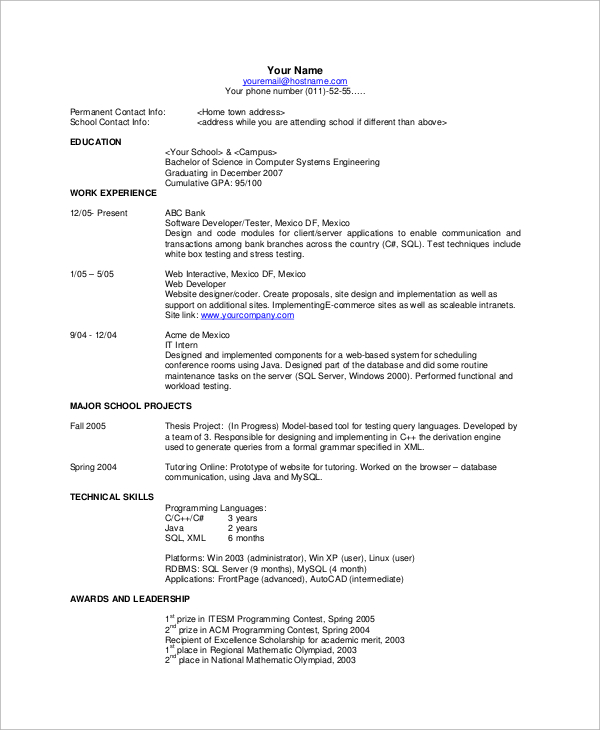

Each version doesn’t need to be radically different but you should “tweak it for the position, the industry, etc.,” says Lees. This exercise should then inform what you write in your summary, and the experiences and accomplishments you include. Heifetz recommends, as a first step, you carefully read the job description and highlight the five or six most important responsibilities, as well as a few keywords that you can then use in your resume. Of course, you may need to write the first version in a vacuum but for each subsequent one, you need context. “You can have a foundational resume that compellingly articulates the most important information,” says Heifetz, but you have to alter it for each opportunity. Further Readingįocus on why you’re right for the job and how badly you want it.įirst things first: Don’t send the same resume to every job.

ONE PAGE RESUME HOW TO
Here’s how to write a resume that will be sure to win attention. “In a tough market, your CV has to get you remembered and recommended,” he says. You might also send it out to people in your network who can help make introductions. It’s not just hiring managers who are your ideal audience. After all, it’s more than a resume “it’s a marketing document,” says John Lees, a UK-based career strategist and author of Knockout CV. “You have to think carefully about what to say and how to say it so the hiring manager thinks, ‘This person can do what I need done,’” she says. Don’t think you’re going to sit down and hammer it out in an hour. “There’s nothing quick or easy about crafting an effective resume,” says Jane Heifetz, a resume expert and founder of Right Resumes. Should you keep it to one page? Do you put a summary up top? Do you include personal interests and volunteer gigs? And how do you make it stand out, especially when you know the hiring manager is receiving tons of applications? This may be your best chance to make a good first impression, so you’ve got to get it right. The resume: there are so many conflicting recommendations out there.


 0 kommentar(er)
0 kommentar(er)
